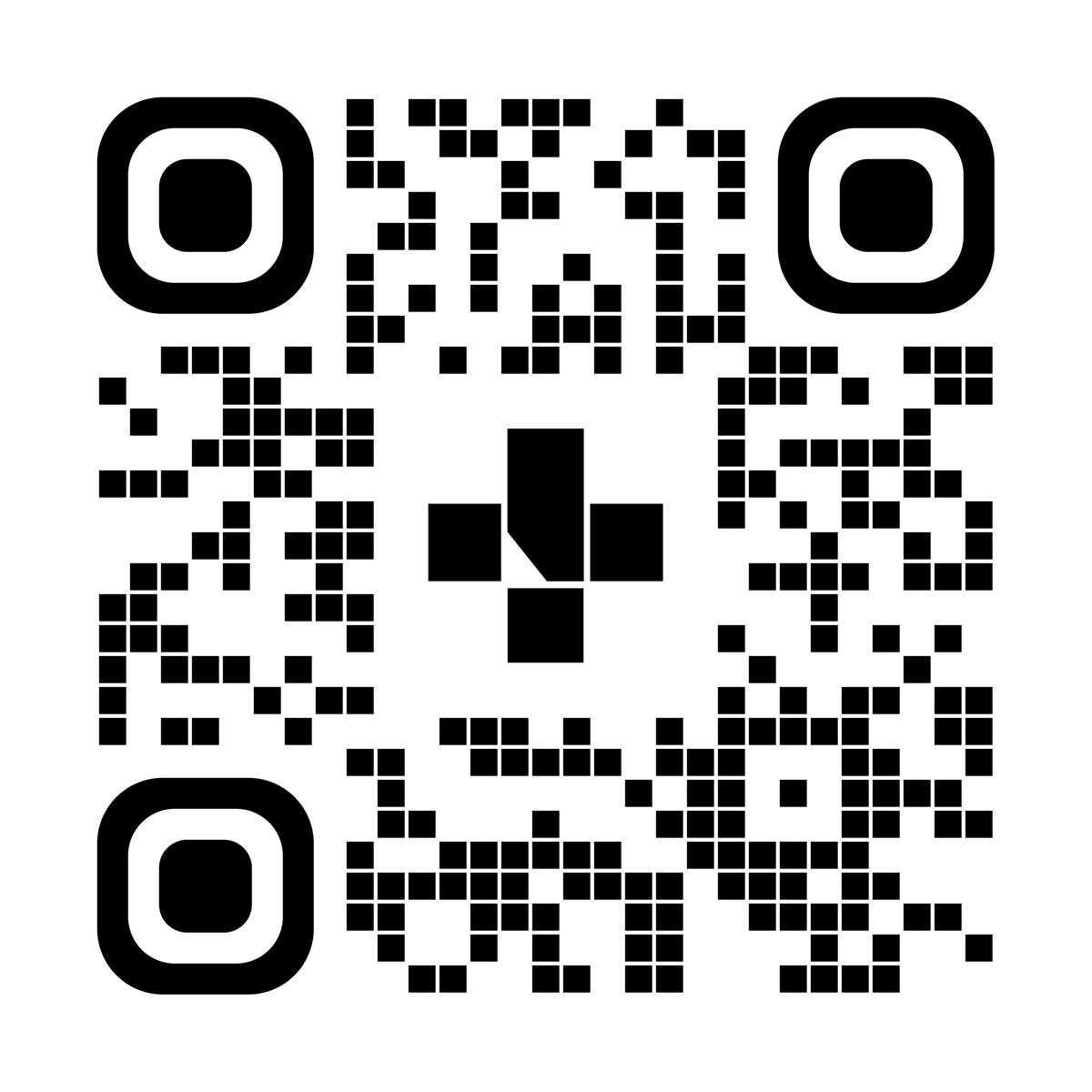Learning about doing daily activities with one hand
Learning About Doing Daily Activities with One Hand
Learning about doing activities with one hand
These tips can help you do your daily activities when you can use only one hand or arm.
Ask your physiotherapist or occupational therapist about items and equipment that can help you do some of these tasks. Equipment may be available at department stores, medical supply stores, or other specialty stores.
Personal care
- Use a shampoo bottle with a pump.
- Use liquid soap with a pump instead of bar soap.
- Use a long-handled sponge with a handle that bends to wash areas on your body that are hard to reach, such as your back. Wrap the sponge head with a towel to dry those areas.
- Use toothpaste with a pop-top cap instead of a screw-on cap. Rest your toothbrush on the counter to put on the toothpaste.
- Put on deodorant by leaning forward and letting your weak arm dangle or swing away from your body. Spray deodorant may be easier.
- Use a goose-neck clamp to hold the hair dryer while you use your strong hand to comb your hair.
- Use spider clips to hold your hair back instead of elastic bands.
- Use an electric razor for shaving.
Dressing
Putting on a T-shirt or sweater
- Put your weak arm in first and pull the sleeve up to your shoulder.
- Lay the shirt on your lap. Put your strong arm in the other sleeve and pull it up as high as you can between your elbow and shoulder.
- Use your strong arm to pull the shirt over your head.
Putting on a button-up shirt
- Put your weak arm in first and pull the sleeve up to your shoulder.
- Bring the collar around the back of your neck and put your strong arm into the other sleeve.
- Use your strong hand to button the shirt.
If you have trouble doing buttons with one hand, you could try a buttoning tool. You can also try to button the shirt before you put it on, then put it on like a T-shirt.
Putting on socks
- Put your strong hand inside the sock, just over your fingers, not up to your palm.
- Cross your leg so you are resting your ankle on your opposite knee, or prop your foot up on a stool if you can lean forward.
- Spread your fingers to open the sock, then slide your toes into the sock opening.
- Pull the sock up to your ankle.
Putting on shoes
- Use shoes that slip on or close with Velcro.
- Avoid loose shoes or flipflops that may cause you to slip or trip.
- If your shoes have shoelaces, replace regular shoelaces with elastic ones.
- Use a long-handled shoehorn to put on your shoes.
Using the toilet
- Use a raised toilet seat or a grab bar on your strong slide to help you sit and stand.
- Try using long-handled tongs to help you wipe yourself if you can't reach. Or you can buy a lang-handled wiping aid at a department store or medical equipment store.
Working in the kitchen
- Use an electric can opener to open cans.
- Use an electric jar opener to open jars. Or use a piece of waffle-weave or grippy, non-slip shelf liner (such as Dycem) and grip the jar on the counter or between your knees.
- Use rocker knives to help with one-handed cutting, or use pre-cut items.
- Keep food from sliding off your plate by putting it in deep-sided dishes or containers.
- Put bread inside a container or against the side of a deep pan to keep it still while you put on butter or other spread.
- Keep heavier items on the counter so you can slide them from place to place.
- Only put lightweight items above eye level in cabinets.
- Store items in easy-to-open containers.
- Store liquids in small containers.
Reading and writing
- When reading, put pillows on your lap to keep the book near eye-level.
- Wrap rubber bands around each half of the book to keep the book open. As you read, slide the next page under the rubber band.
- Use a clipboard to keep paper still while you are writing on it.
To see this information online and learn more, visit MyHealth.Alberta.ca/health/aftercareinformation/pages/conditions.aspx?hwid=custom.ab_activities_one_hand_inst.

For 24/7 nurse advice and general health information call Health Link at 811.
Current as of: March 5, 2024
Author: Bone and Joint Health SCN, Alberta Health Services
This material is not a substitute for the advice of a qualified health professional. This material is intended for general information only and is provided on an "as is", "where is" basis. Although reasonable efforts were made to confirm the accuracy of the information, Alberta Health Services does not make any representation or warranty, express, implied or statutory, as to the accuracy, reliability, completeness, applicability or fitness for a particular purpose of such information. Alberta Health Services expressly disclaims all liability for the use of these materials, and for any claims, actions, demands or suits arising from such use.
